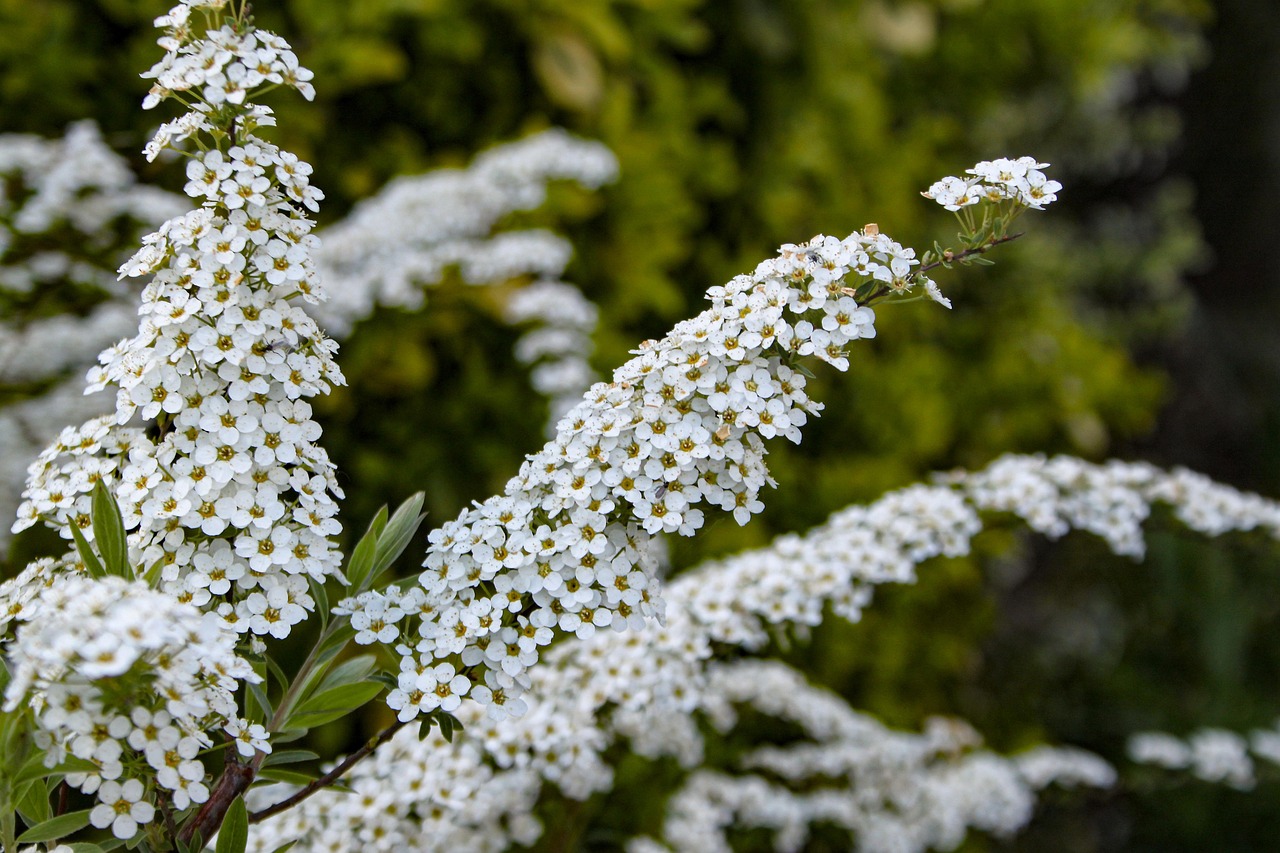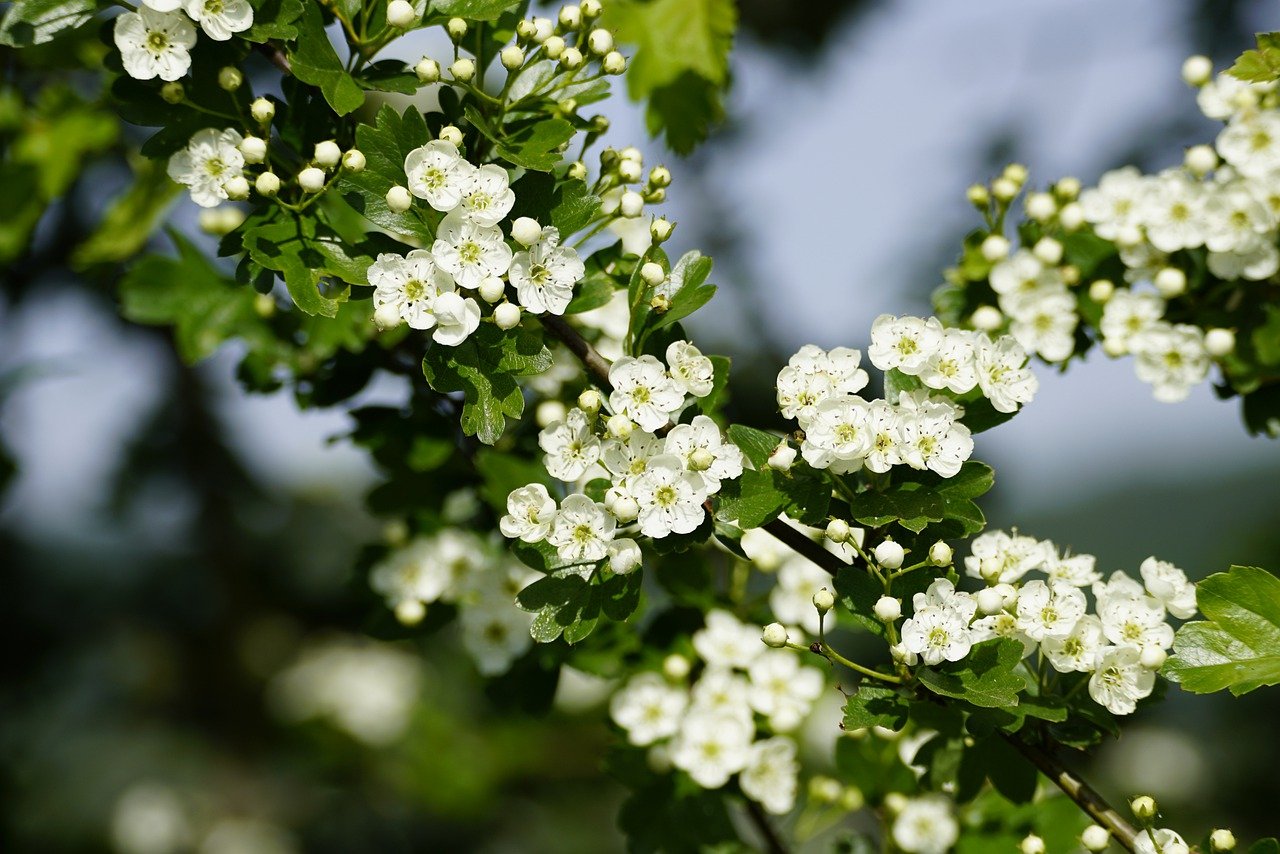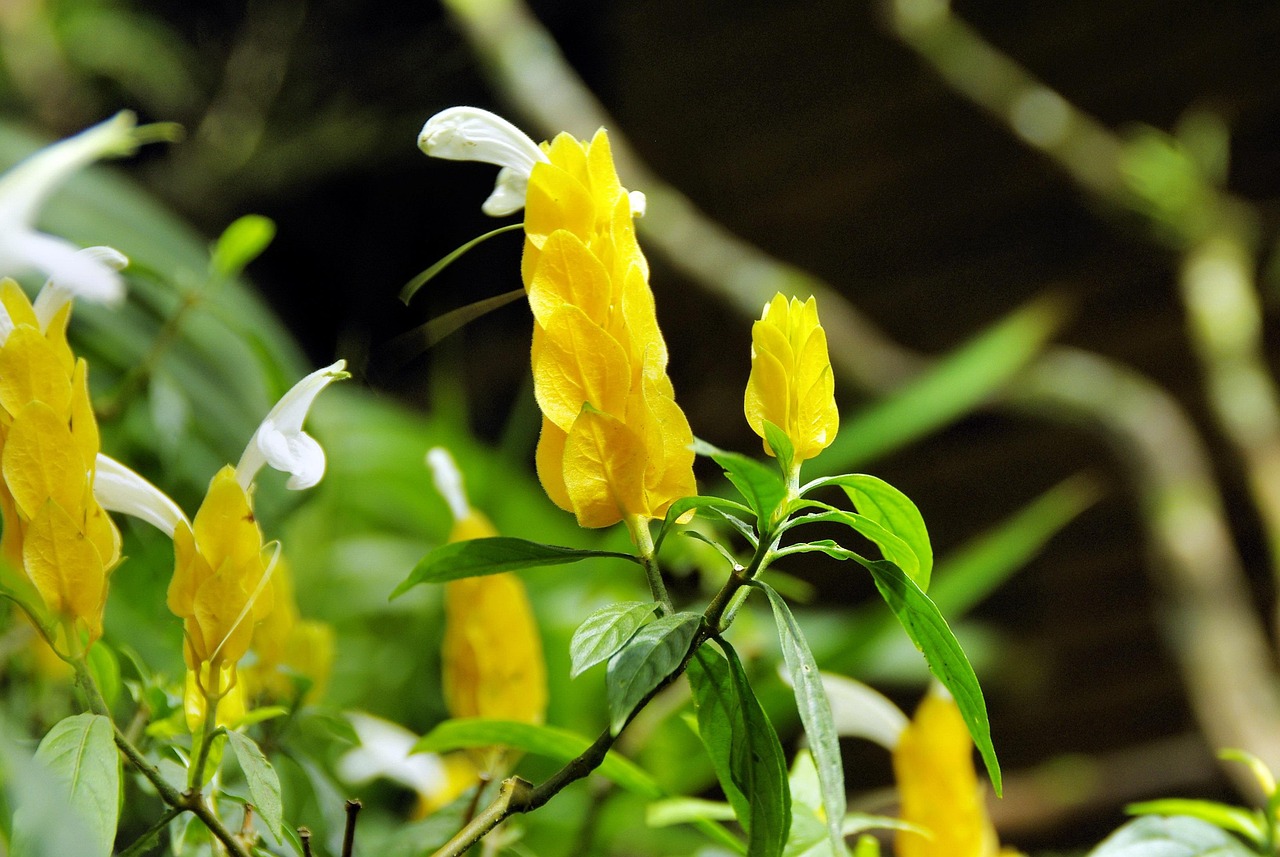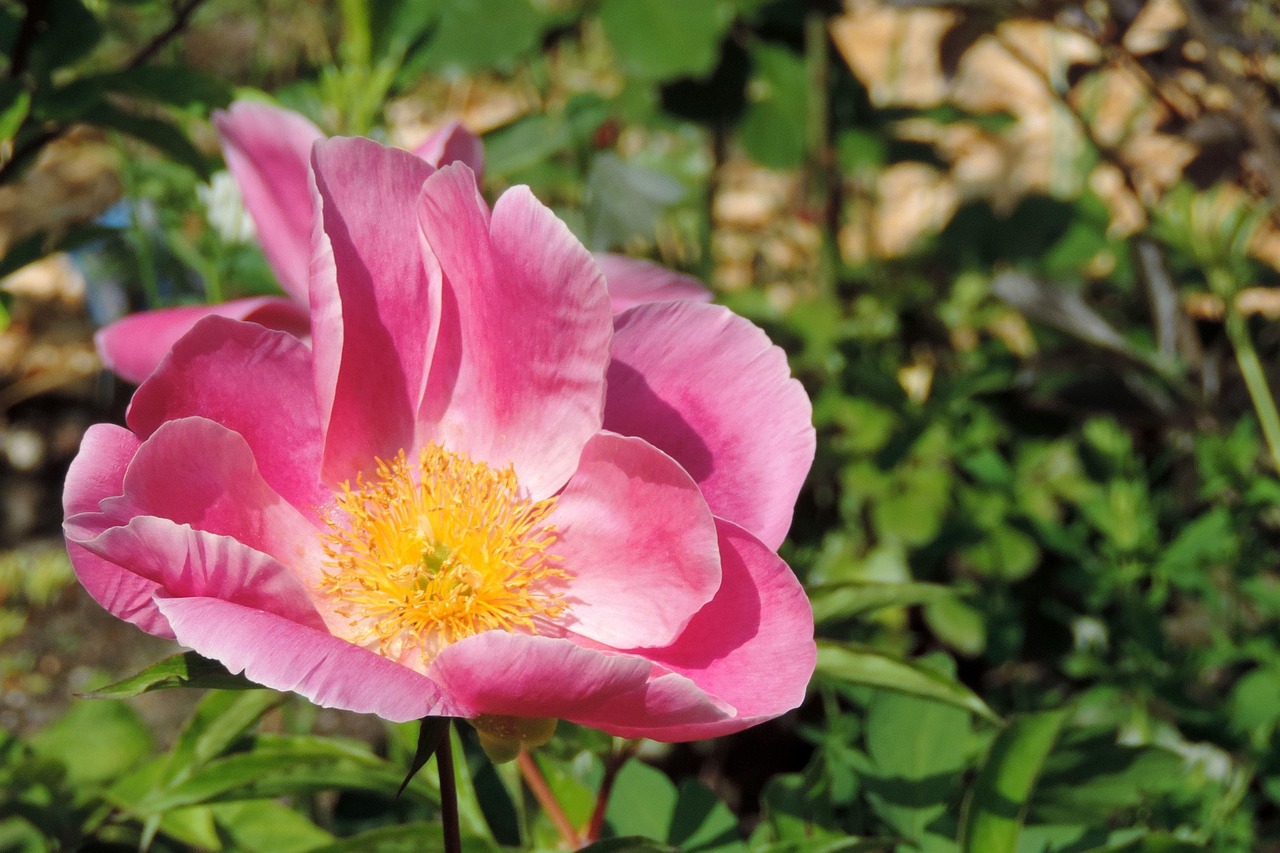Rowan Tree | A Sacred Tree in Celtic and Norse Mythology
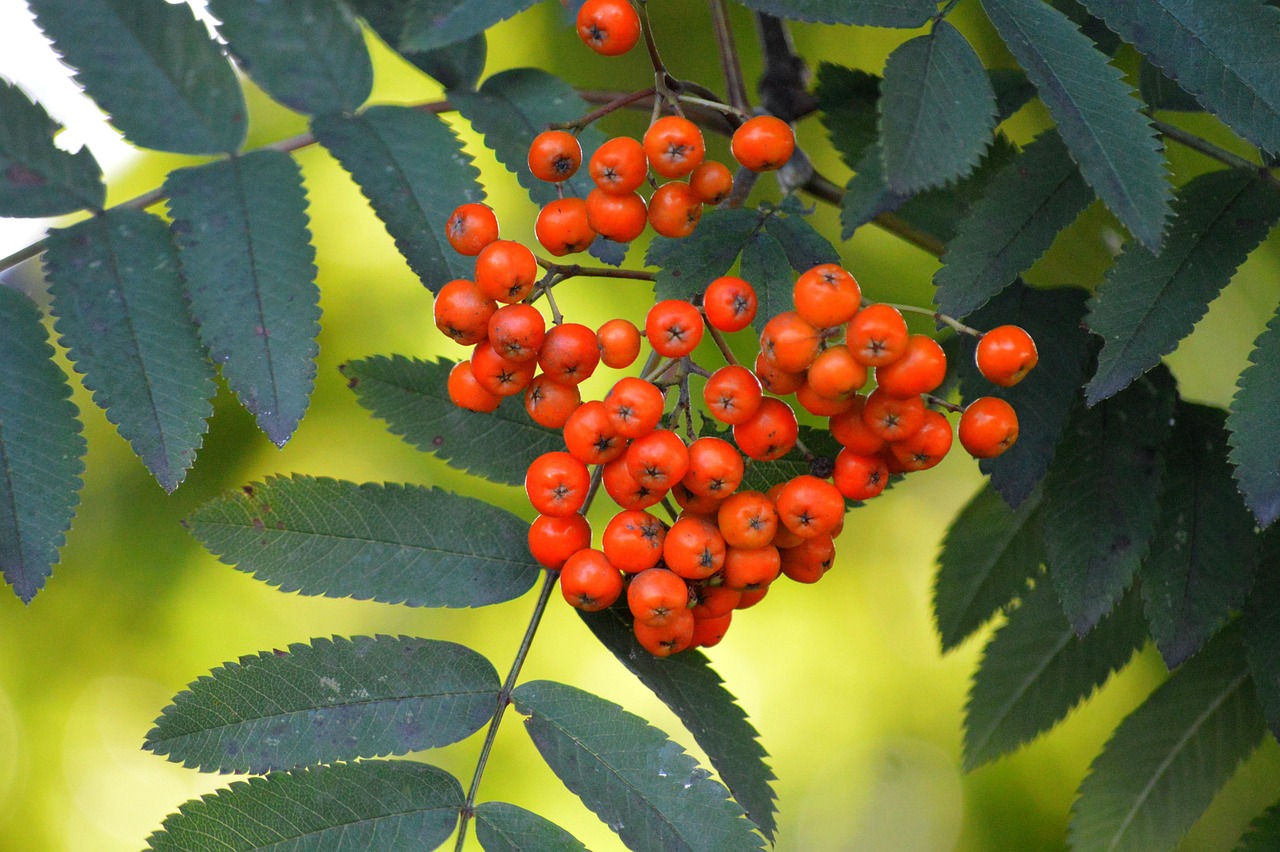
I introduce the rowan tree, a deciduous tall tree that allows me to enjoy the beauty of every season.
In spring, it produces clusters of small white flowers, while in summer its green foliage grows thick and abundant. In autumn, it bears bright red berries, and the leaves turn shades of red and yellow. For these seasonal transformations, the rowan is highly valued as an ornamental tree.
In this article, I will explain in detail the basic information, cultural background, historical significance, and cultivation methods of the rowan tree.
Basic Information
- Scientific name: Sorbus aucuparia
- Family: Rosaceae
- Origin: Europe, Northern Asia
- Appearance: The tree grows to 5–15 meters in height. Small white flowers bloom in clusters, and in autumn it produces red or orange berries while the foliage turns vividly red and yellow.
- Flowering season: Spring (May–June)
- Fruiting season: Autumn (September–October)
Cultural Features Worldwide
The rowan tree is widely planted in Europe and North America as a street tree and park tree.
Its beauty in all four seasons has made it popular as a landscape tree, particularly admired in autumn when its red berries and colorful leaves brighten the scenery.
In Northern Europe, it is preserved in nature reserves and forest parks, where it also serves as an important food source for wildlife.
In the United Kingdom, it is a popular garden tree, harmonizing beautifully with the countryside.
In Germany and Scandinavian countries, rowan branches and berries are traditionally used in Christmas decorations and wreaths. The red berries add warmth to the winter scenery, making the tree a beloved seasonal symbol.
Historical and Mythological Background
The rowan tree has long been regarded as sacred.
In Celtic tradition, it was considered a “holy tree” with protective powers. Ancient Celts placed branches of rowan at entrances and around fields to ward off evil spirits.
In Norse mythology, there is a tale that Thor, the god of thunder, was once saved from being swept away by a river by grasping a branch of a rowan tree. From this story, the rowan became known as a “tree of protection.”
In Scandinavia, the tree is still considered sacred, and it is often planted near houses.
In Britain, rowan wood was historically used as a talisman for sailors, who carried it to ensure safe voyages.
In Scotland, the rowan symbolized fertility and abundant harvests, and it was common for farmers to plant it in their gardens. Its spring blossoms were seen as a sign of good crops to come.
By the 19th century, the rowan was also widely planted as a street tree in Britain and Germany, and today it continues to be admired in parks and gardens.
Thus, the rowan tree is more than a decorative plant—it has been deeply tied to people’s lives for centuries.
Gardening Advice
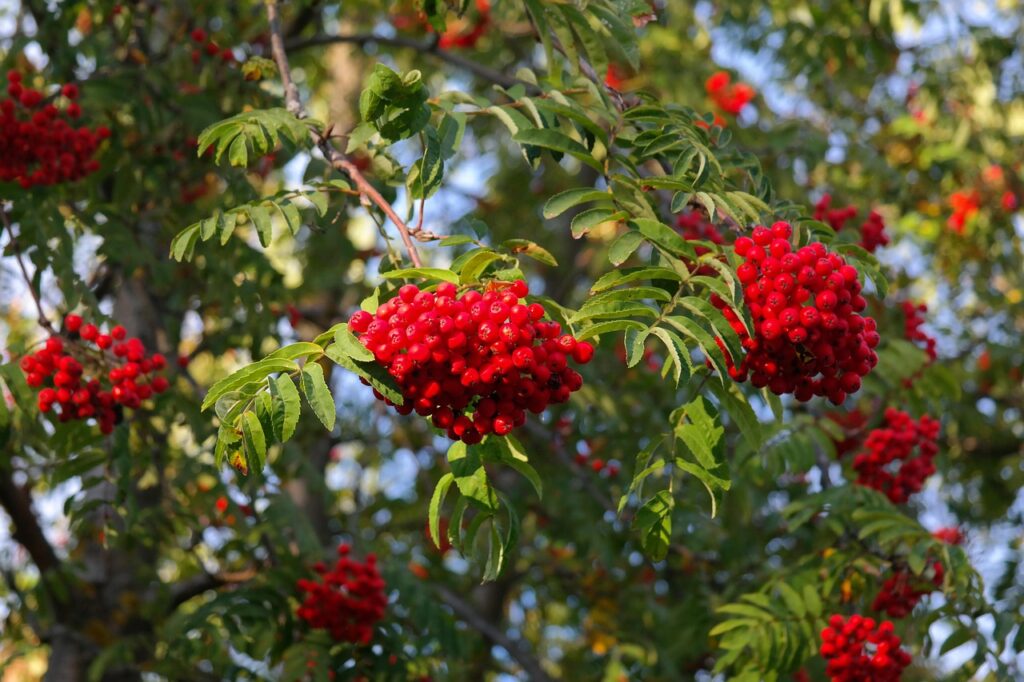
The rowan tree is hardy and easy to grow, but to enjoy its flowers and berries to the fullest, it is important to provide the right conditions.
Sunlight
Prefers sunny locations but also grows in partial shade. Lack of sunlight reduces flowering and fruiting.
Watering
Water moderately until roots are established; afterward, natural rainfall is usually sufficient. During dry periods, supplemental watering is recommended.
Soil
Well-drained soil with moderate moisture retention is ideal. Soil mixed with compost promotes growth.
Fertilizer
Apply slow-release fertilizer in spring and autumn to encourage flowers and berries. Avoid over-fertilization.
Pruning
Prune unnecessary branches during winter dormancy to maintain shape and improve airflow.
Cold resistance
Hardy in cold climates, but young trees should be protected during their first winters.
Conclusion
The rowan tree offers seasonal beauty with its white blossoms in spring and red berries with autumn foliage.
Across Europe and North America, it is cherished as a street and park tree, while in Northern Europe it is used in Christmas decorations.
Historically, it was revered as a sacred tree in Celtic culture and Norse mythology, symbolizing protection and good fortune. In Scotland, it was associated with agricultural prosperity and planted by farmers as a sign of abundant harvests.
In this way, the rowan tree has been closely connected to human life throughout history, passing down its beauty and symbolism to the present day.

